LIVRES - EBOOKS - THEME : COMPUTERS,Artificial Intelligence,Expert Systems
LIVRES - EBOOKS - THEME : COMPUTERS,Artificial Intelligence,Expert Systems
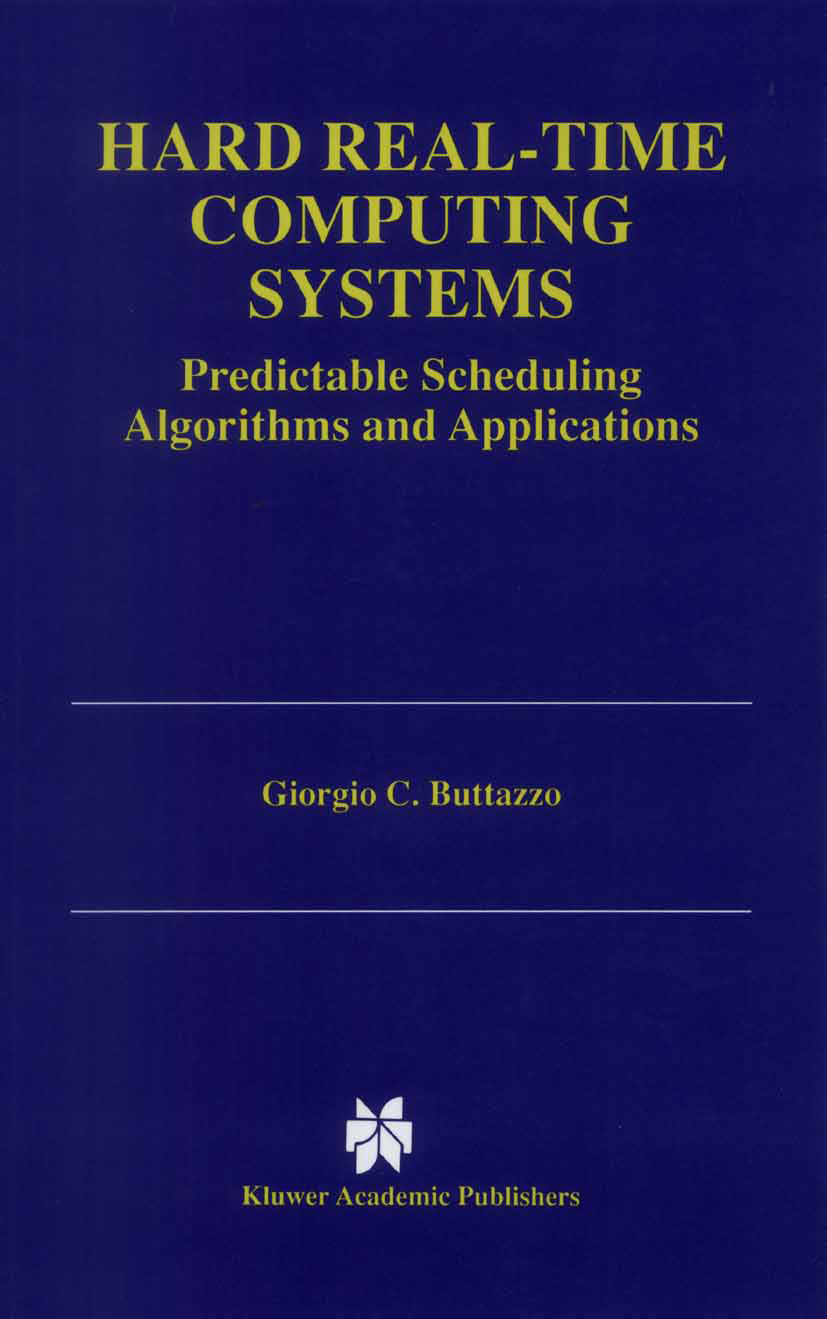
Hard Real-Time Computing Systems Real-time computing plays a crucial role in our society since an increasing num ber of complex systems rely, in part or completely, on processor control. Ex amples of applications that require real-time computing include nuclear power plants, railway switching systems, automotive electronics, air traffic control, telecommunications, robotics, and military systems. In spite of this large application domain, most of the current real-time systems are still designed and implemented using low-level programming and empirical techniques, without the support of a scientific methodology. This approach results in a lack of reliability, which in critical applications may cause serious environmental damage or even loss of life. This book is a basic treatise on real-time computing, with particular emphasis on predictable scheduling algorithms. The main objectives of the book are to introduce the basic concepts of real-time computing, illustrate the most sig nificant results in the field, and provide the basic methodologies for designing predictable computing systems useful in supporting critical control applica tions. The book is written for instructional use and is organized to enable readers without a strong knowledge of the subject matter to quickly grasp the material. Technical concepts are clearly defined at the beginning of each chapter, and algorithm descriptions are reinforced through concrete examples, illustrations, and tables. COMPUTERS,Artificial Intelligence,Expert Systems
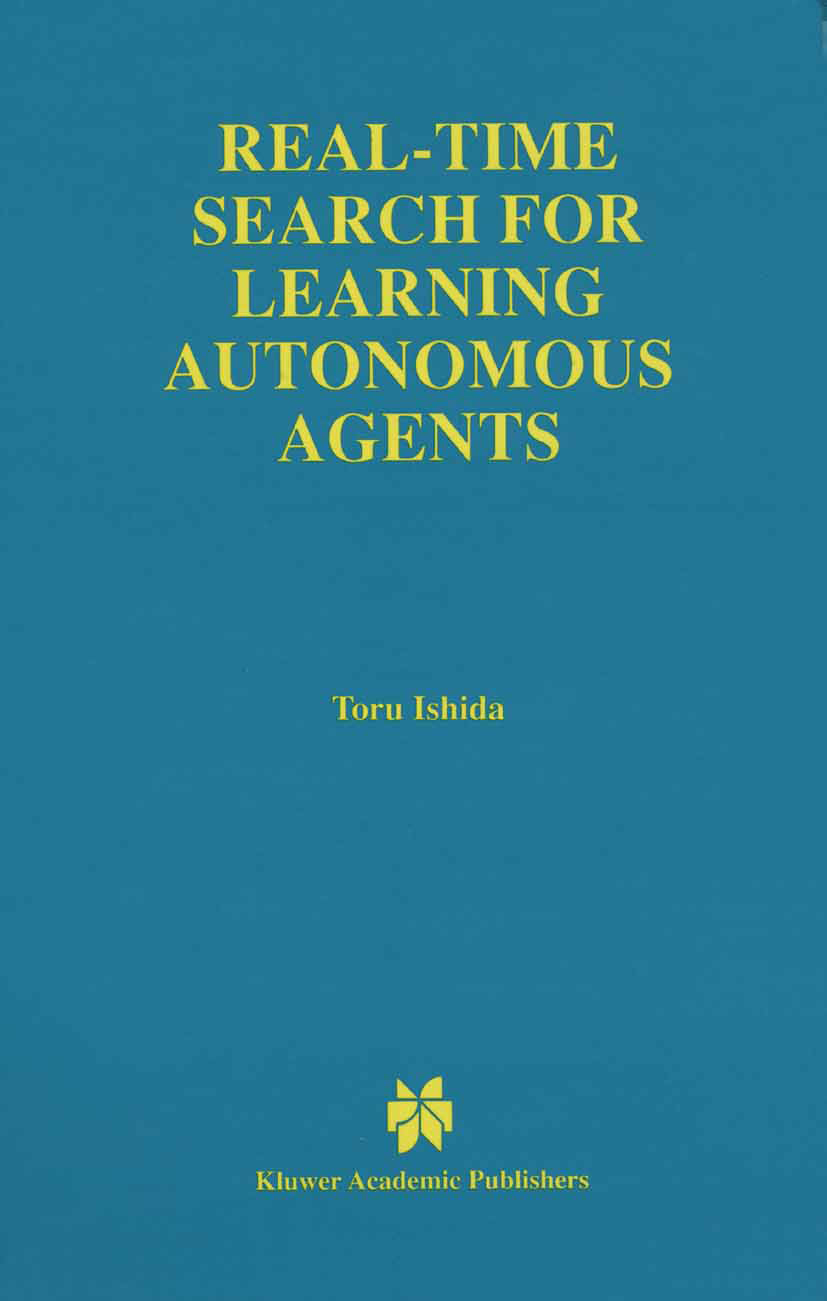
Real-Time Search for Learning Autonomous Agents Autonomous agents or multiagent systems are computational systems in which several computational agents interact or work together to perform some set of tasks. These systems may involve computational agents having common goals or distinct goals. Real-Time Search for Learning Autonomous Agents focuses on extending real-time search algorithms for autonomous agents and for a multiagent world. Although real-time search provides an attractive framework for resource-bounded problem solving, the behavior of the problem solver is not rational enough for autonomous agents. The problem solver always keeps the record of its moves and the problem solver cannot utilize and improve previous experiments. Other problems are that although the algorithms interleave planning and execution, they cannot be directly applied to a multiagent world. The problem solver cannot adapt to the dynamically changing goals and the problem solver cannot cooperatively solve problems with other problem solvers. This book deals with all these issues. Real-Time Search for Learning Autonomous Agents serves as an excellent resource for researchers and engineers interested in both practical references and some theoretical basis for agent/multiagent systems. The book can also be used as a text for advanced courses on the subject. COMPUTERS,Artificial Intelligence,Expert Systems
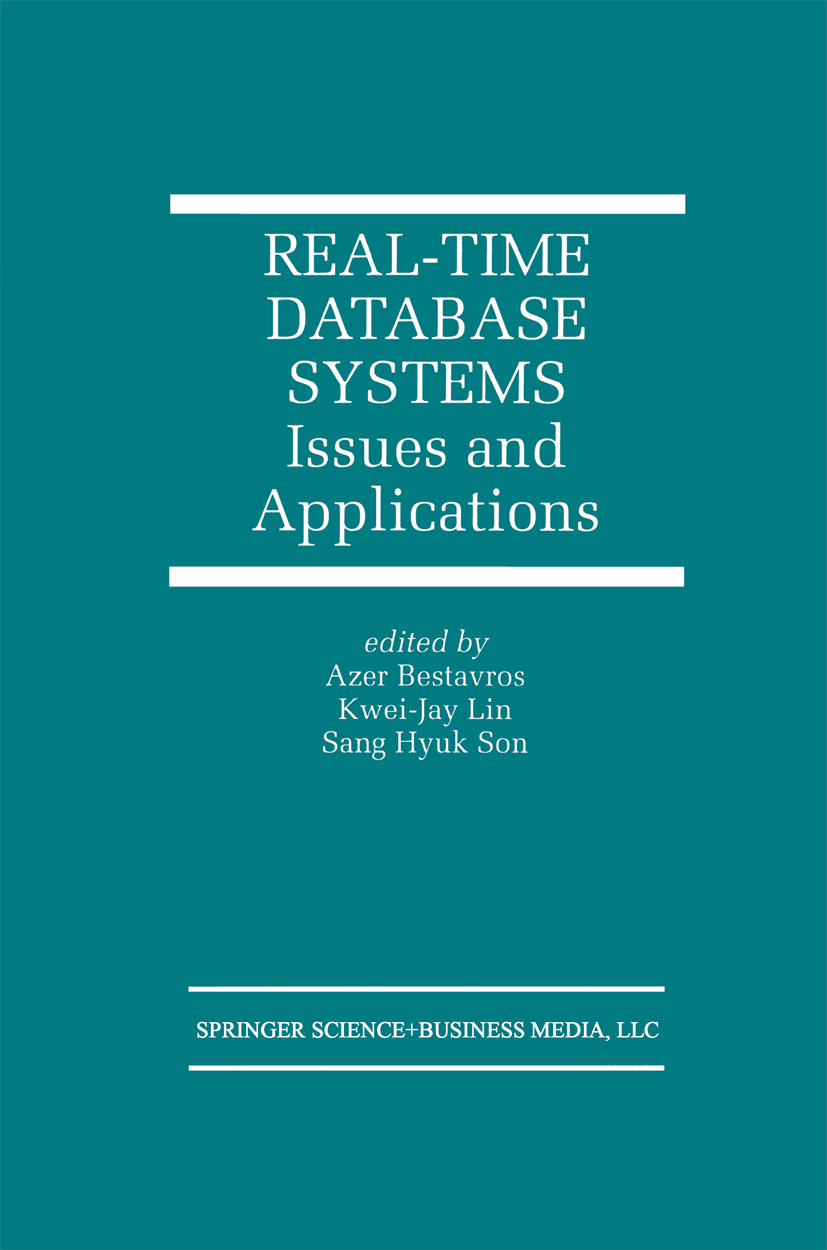
Real-Time Database Systems Despite the growing interest in Real-Time Database Systems, there is no single book that acts as a reference to academics, professionals, and practitioners who wish to understand the issues involved in the design and development of RTDBS. Real-Time Database Systems: Issues and Applications fulfills this need. This book presents the spectrum of issues that may arise in various real-time database applications, the available solutions and technologies that may be used to address these issues, and the open problems that need to be tackled in the future. With rapid advances in this area, several concepts have been proposed without a widely accepted consensus on their definitions and implications. To address this need, the first chapter is an introduction to the key RTDBS concepts and definitions, which is followed by a survey of the state of the art in RTDBS research and practice. The remainder of the book consists of four sections: models and paradigms, applications and benchmarks, scheduling and concurrency control, and experimental systems. The chapters in each section are contributed by experts in the respective areas. Real-Time Database Systems: Issues and Applications is primarily intended for practicing engineers and researchers working in the growing area of real-time database systems. For practitioners, the book will provide a much needed bridge for technology transfer and continued education. For researchers, this book will provide a comprehensive reference for well-established results. This book can also be used in a senior or graduate level course on real-time systems, real-time database systems, and database systems or closely related courses. COMPUTERS,Artificial Intelligence,Expert Systems
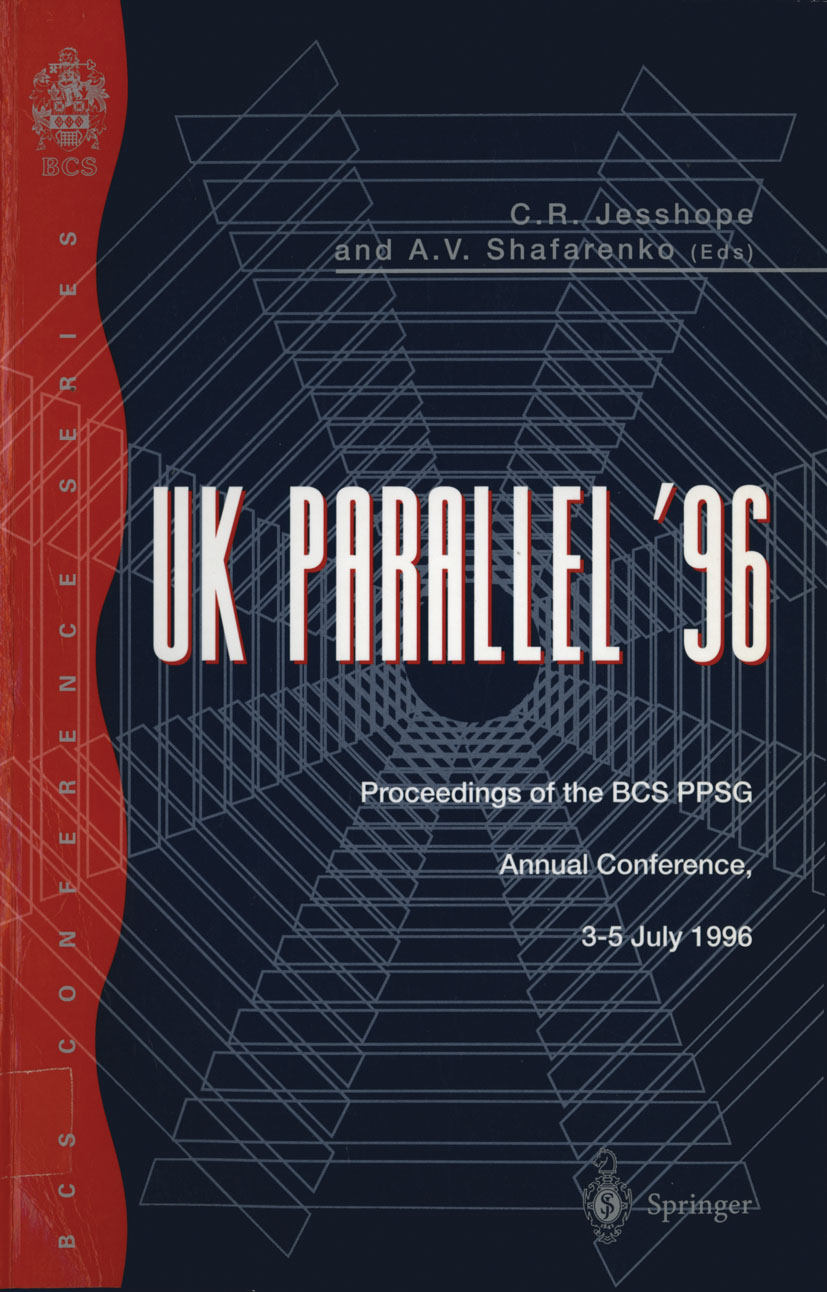
UK Parallel ’96 Parallel processing is a key topic which is becoming more important as the technology becomes more widespread. UK Parallel '96 - Proceedings of the BCS PPSG Annual Group is the publication of the academic programme from the first in an annual series of national conferences covering the broad area of parallel and distributed computing. It was coordinated by the BCS Parallel Processing Specialist Group and provided a focus for both research and industrial presentations. This first conference was held at the University of Surrey in July 1996, and contains work from a number of universities within the UK. The scope of the proceedings illustrates the breadth of the work being undertaken in the UK and includes a variety of papers covering a number of important areas, including: compiler development for both data-parallel and message passing languages and the development of application specific software. COMPUTERS,Artificial Intelligence,Expert Systems
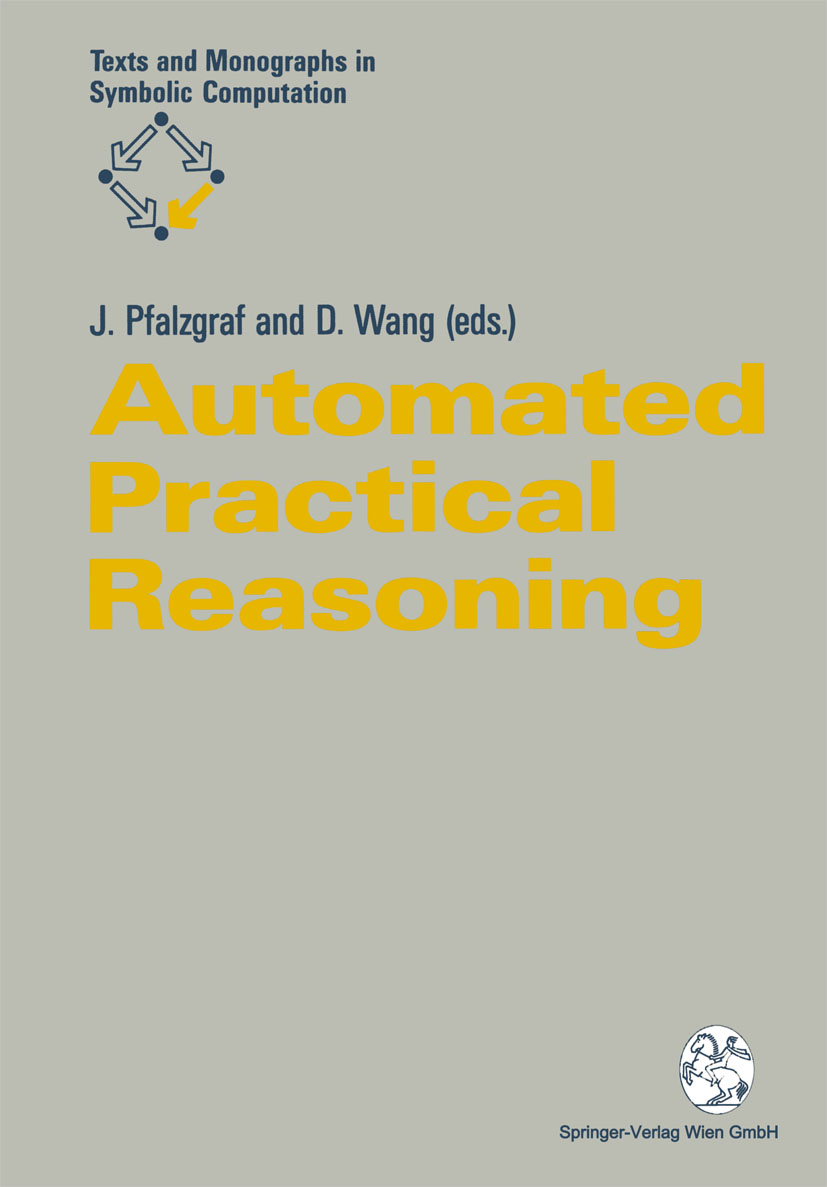
Automated Practical Reasoning This book is a collection of selected papers written by researchers qf our "RISC" institute (Research Institute for Symbolic Computation) along with the ESPRIT MEDLAR Project (Mechanizing Deduction in the Logics of Practical Reason ing). Naturally, the MEDLAR Project was and is the focal point for our institute whose main objective is the combination of foundational research in the area of symbolic computation and possible applications thereof for high-tech industrial projects. I am grateful to the director of the MEDLAR project, Jim Cunningham, for his enthusiasm, profound expertise, and continuous effort to manage a fruitful cooperation between various European working groups in the area of the project and for giving us the opportunity to be part of this challenging endeavor. I also acknowledge and feel indebted to Jochen Pfalzgraf for managing the RISC part of the MEDLAR project and to both him and Dongming Wang for editing this volume and organizing the refereeing process. COMPUTERS,Artificial Intelligence,Expert Systems
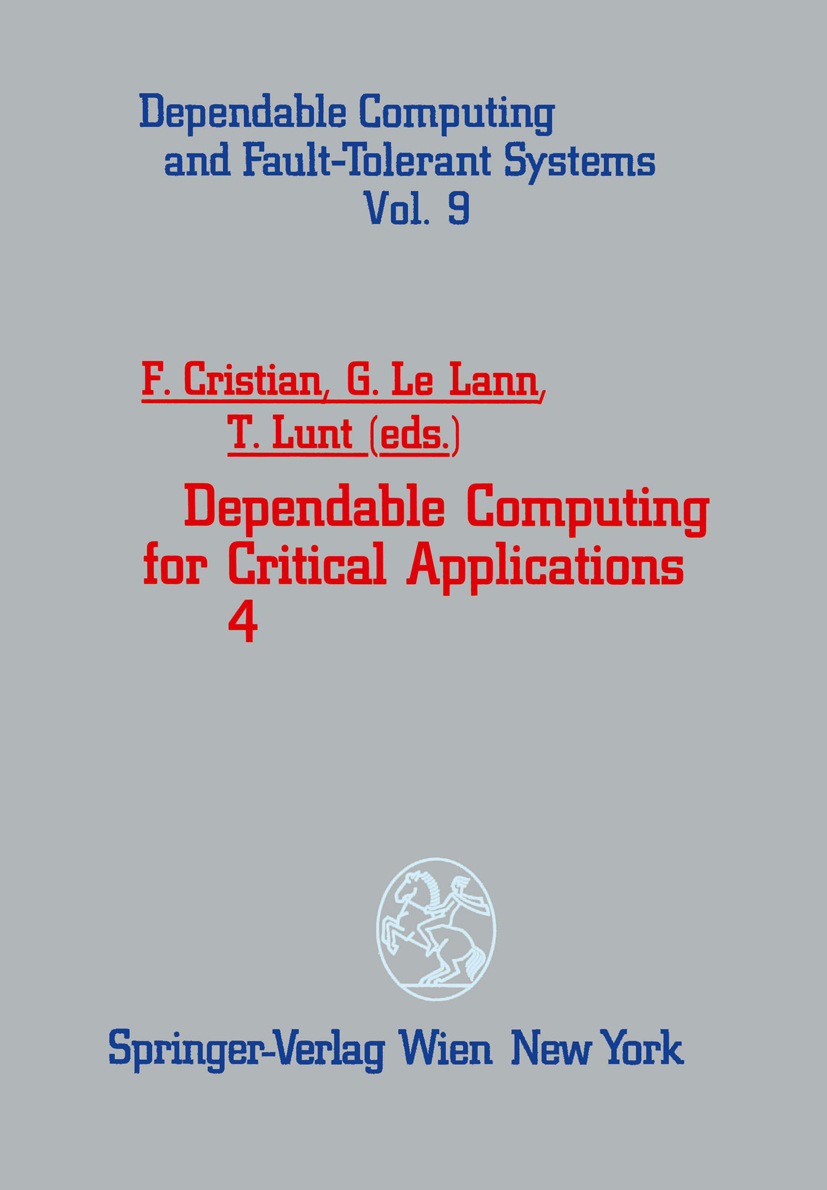
Dependable Computing for Critical Applications 4 This volume contains the articles presented at the Fourth InternationallFIP Working Conference on Dependable Computing for Critical Applications held in San Diego, California, on January 4-6, 1994. In keeping with the previous three conferences held in August 1989 at Santa Barbara (USA), in February 1991 at Tucson (USA), and in September 1992 at Mondello (Italy), the conference was concerned with an important basic question: can we rely on computer systems for critical applications? This conference, like its predecessors, addressed various aspects of dependability, a broad term defined as the degree of trust that may justifiably be placed in a system's reliability, availability, safety, security and performance. Because of its broad scope, a main goal was to contribute to a unified understanding and integration of these concepts. The Program Committee selected 21 papers for presentation from a total of 95 submissions at a September meeting in Menlo Park, California. The resulting program represents a broad spectrum of interests, with papers from universities, corporations and government agencies in eight countries. The selection process was greatly facilitated by the diligent work of the program committee members, for which we are most grateful. As a Working Conference, the program was designed to promote the exchange of ideas by extensive discussions. All paper sessions ended with a 30 minute discussion period on the topics covered by the session. In addition, three panel sessions have been organizcd. COMPUTERS,Artificial Intelligence,Expert Systems
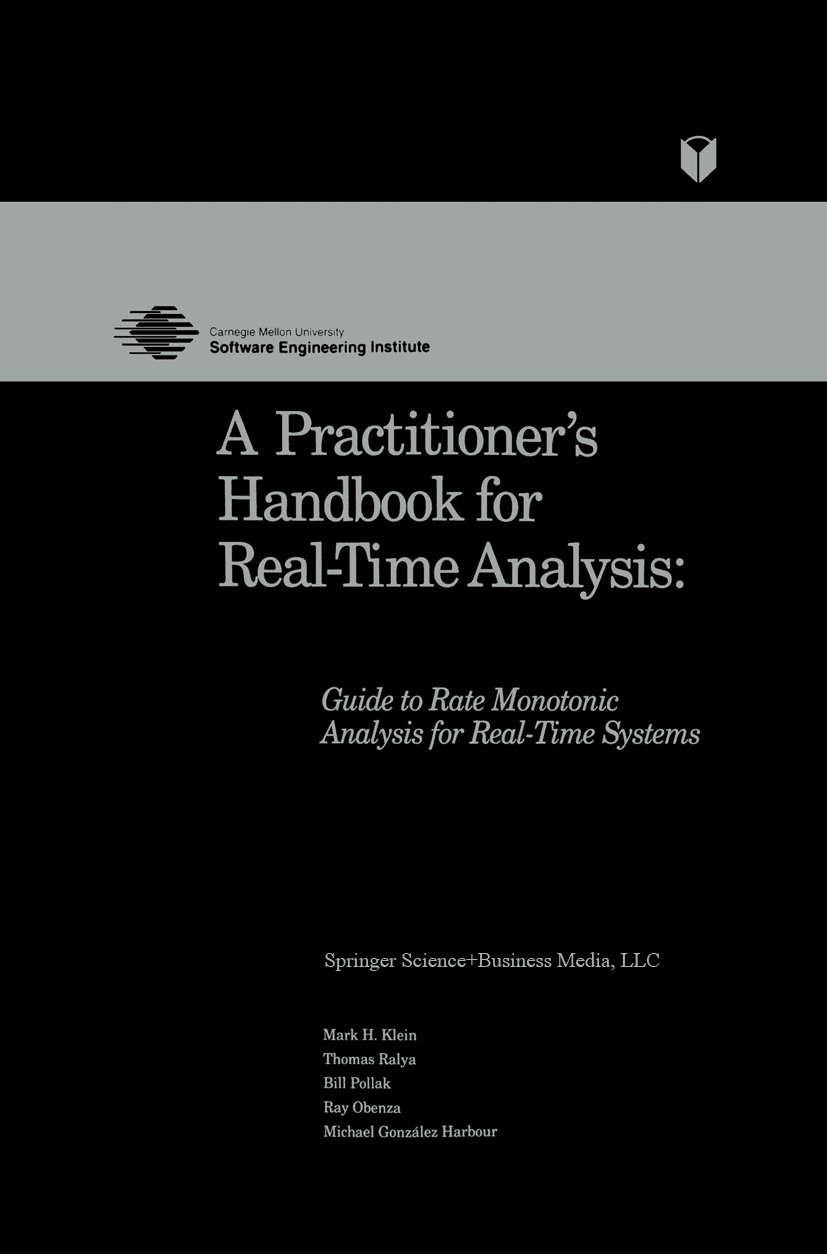
A Practitioner’s Handbook for Real-Time Analysis A Practitioner's Handbook for Real-Time Analysis: Guide to Rate Monotonic Analysis for Real-Time Systems contains an invaluable collection of quantitative methods that enable real-time system developers to understand, analyze, and predict the timing behavior of many real-time systems. The methods are practical and theoretically sound, and can be used to assess design tradeoffs and to troubleshoot system timing behavior. This collection of methods is called rate monotonic analysis (RMA). The Handbook includes a framework for describing and categorizing the timing aspects of real-time systems, step-by-step techniques for performing timing analysis, numerous examples of real-time situations to which the techniques can be applied, and two case studies. A Practitioner's Handbook for Real-Time Analysis: Guide to Rate Monotonic Analysis for Real-Time Systems has been created to serve as a definitive source of information and a guide for developers as they analyze and design real-time systems using RMA. The Handbook is an excellent reference, and may be used as the text for advanced courses on the subject. COMPUTERS,Artificial Intelligence,Expert Systems
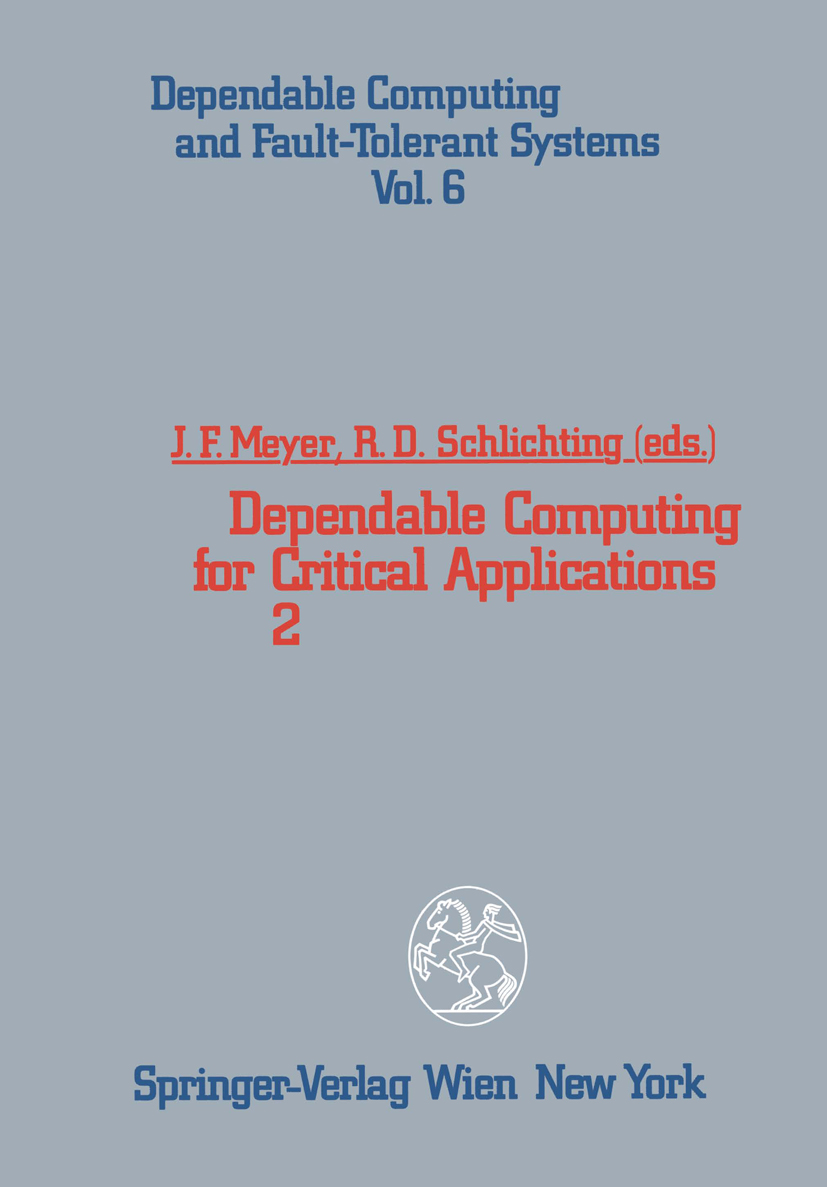
Dependable Computing for Critical Applications 2 This volume contains the papers presented at the Second International Work ing Conference on Dependable Computing for Critical Applications, sponsored by IFIP Working Group lOA and held in Tucson, Arizona on February 18-20, 1991. In keeping with the first such conference on this topic, which took place at the University of California, Santa Barbara in 1989, this meeting was like wise concerned with an important basic question: Can we rely on Computers? In more precise terms, it addressed various aspects of computer system de pendability, a broad concept defined as th'e trustworthiness of computer service such that reliance can justifiably be placed on this service. Given that this term includes attributes such as reliability, availability, safety, and security, it is our hope that these papers will contribute to further integration of these ideas in the context of critical applications. The program consisted of 20 papers and three panel sessions. The papers were selected from a total of 61 submissions at a November 1990 meeting of the Program Committee in Ann Arbor, Michigan. We were very fortunate to have a broad spectrum of interests represented, with papers in the final program coming from seven different countries, representing work at universities, corporations, and government agencies. The process was greatly facilitated by the diligent work of the Program Committee and the quality of reviews provided by outside referees. In addition to the paper presentations, there were three panel sessions or ganized to examine particular topics in detail. COMPUTERS,Artificial Intelligence,Expert Systems
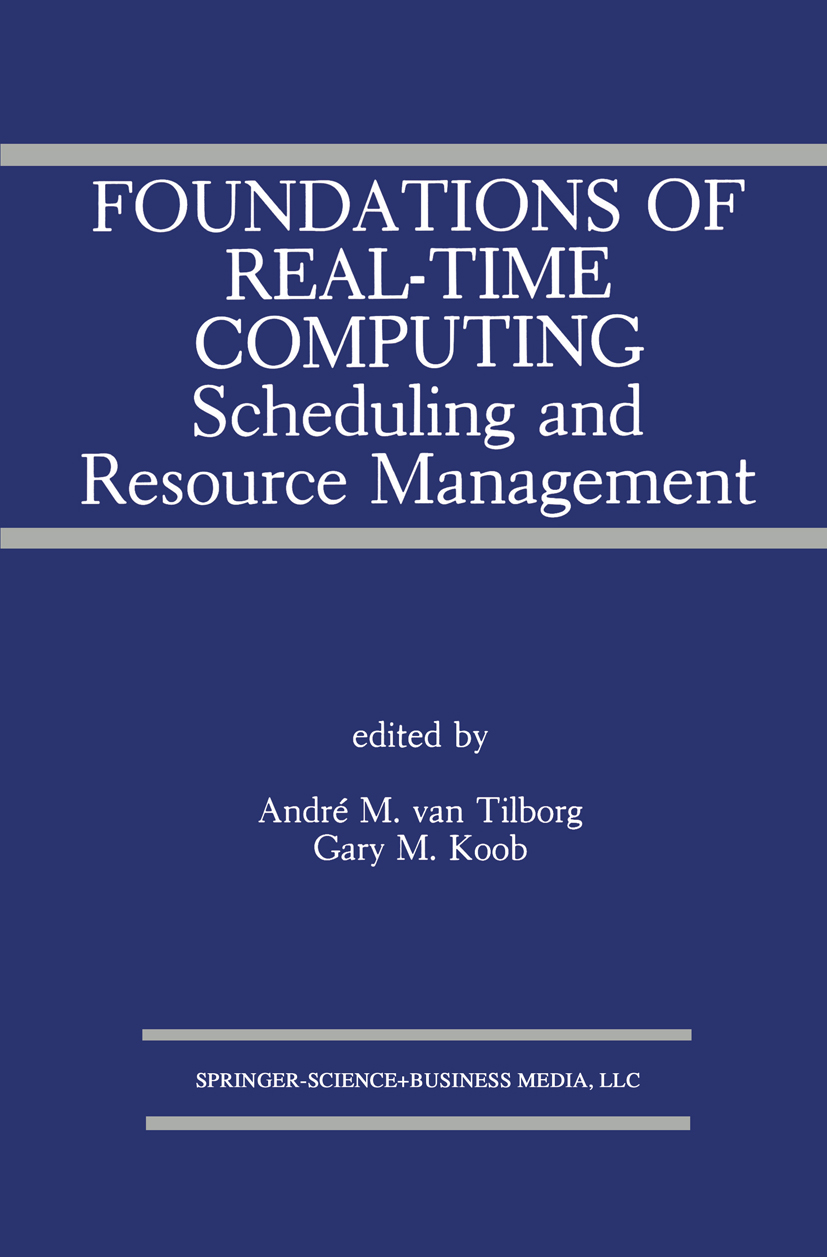
Foundations of Real-Time Computing This volume contains a selection of papers that focus on the state-of the-art in real-time scheduling and resource management. Preliminary versions of these papers were presented at a workshop on the foundations of real-time computing sponsored by the Office of Naval Research in October, 1990 in Washington, D.C. A companion volume by the title Foundations of Real-Time Computing: Fonnal Specifications and Methods complements this book by addressing many of the most advanced approaches currently being investigated in the arena of formal specification and verification of real-time systems. Together, these two texts provide a comprehensive snapshot of current insights into the process of designing and building real-time computing systems on a scientific basis. Many of the papers in this book take care to define the notion of real-time system precisely, because it is often easy to misunderstand what is meant by that term. Different communities of researchers variously use the term real-time to refer to either very fast computing, or immediate on-line data acquisition, or deadline-driven computing. This text is concerned with the very difficult problems of scheduling tasks and resource management in computer systems whose performance is inextricably fused with the achievement of deadlines. Such systems have been enabled for a rapidly increasing set of diverse end-uses by the unremitting advances in computing power per constant-dollar cost and per constant-unit-volume of space. End-use applications of deadline-driven real-time computers span a spectrum that includes transportation systems, robotics and manufacturing, aerospace and defense, industrial process control, and telecommunications. COMPUTERS,Artificial Intelligence,Expert Systems
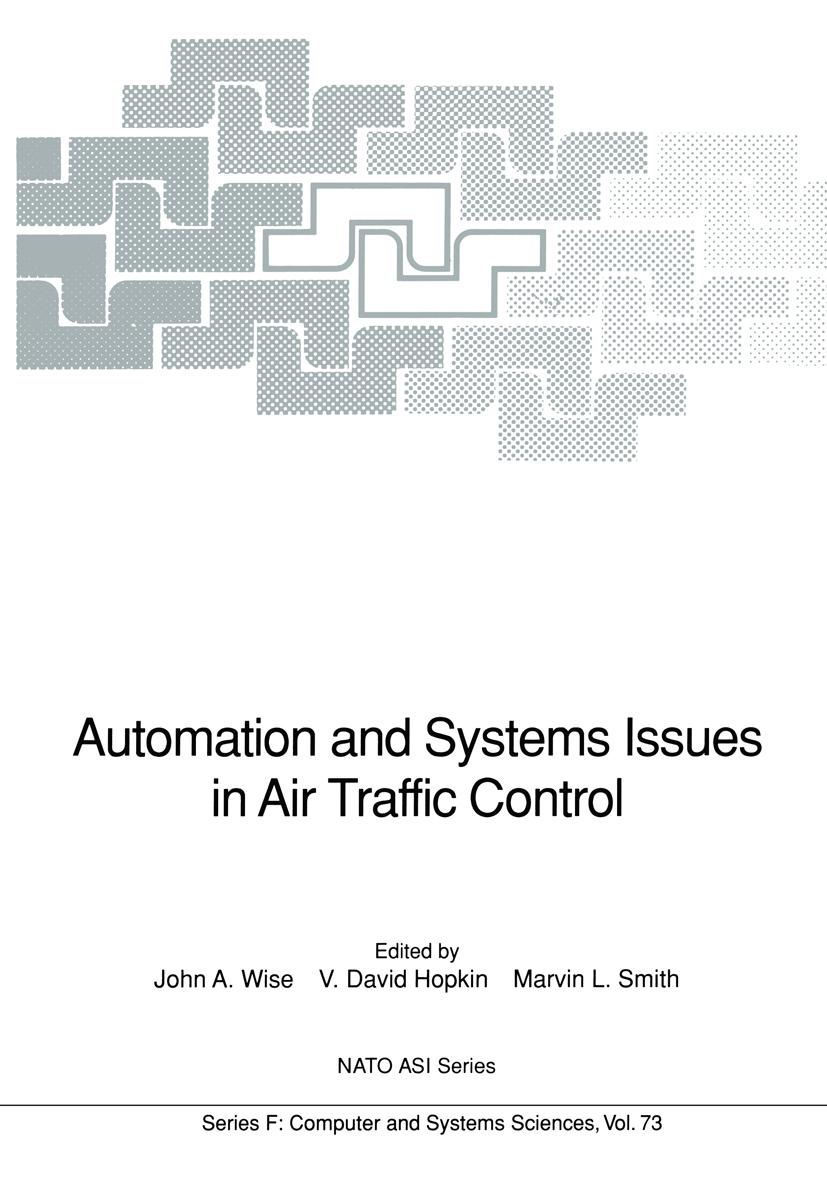
Automation and Systems Issues in Air Traffic Control Proceedings of the NATO Advanced Study Institute on Automation and Systems Issues in Air Traffic Control, held in Acquafredda di Maratea, Italy, June 18-29, 1990 COMPUTERS,Artificial Intelligence,Expert Systems
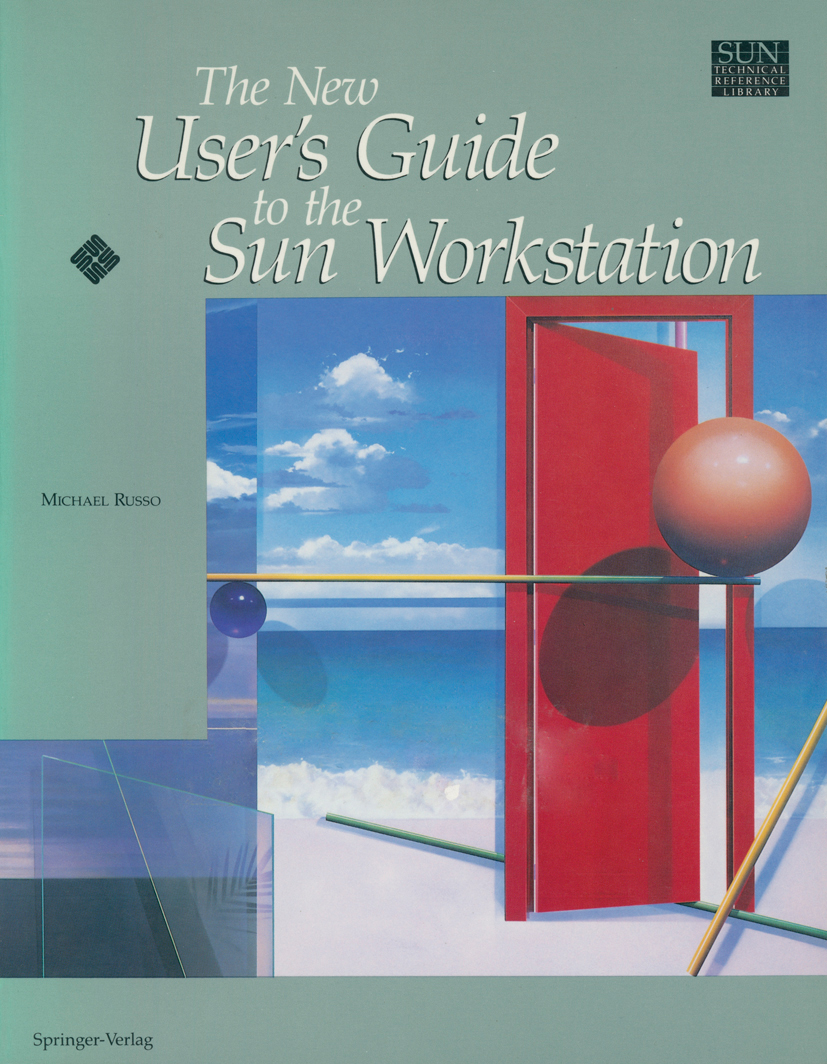
The New User’s Guide to the Sun Workstation Welcome Sun users. This guide will be your key to understanding your Sun workstation. Within these pages you will find out how to use all of the basic functions and capabilities in a minimal amount of time. From SunView to Security, from Backups to Permissions, you will find out what you need quickly. This book is not intended to replace the current Sun docu mentation. It is a fast learning tool for you to become a functional Sun user quickly. Each chapter will cover the basic information needed to allow you to use that area efficiently. The chapters on UNIX file systems and permissions are for beginners' reference and will aid in learning the file system. All examples will refer to the machine name 1 tahoe. This is done to make the references to a system prompt consistent and avoid confusion. You should use this book in conjunction with the Sun manual pages included with your system. When referencing system com mands or functions, the manual pages will give you the additional capabilities which will prove invaluable in the future. I hope you enjoy this book and your new Sun workstation. COMPUTERS,Artificial Intelligence,Expert Systems
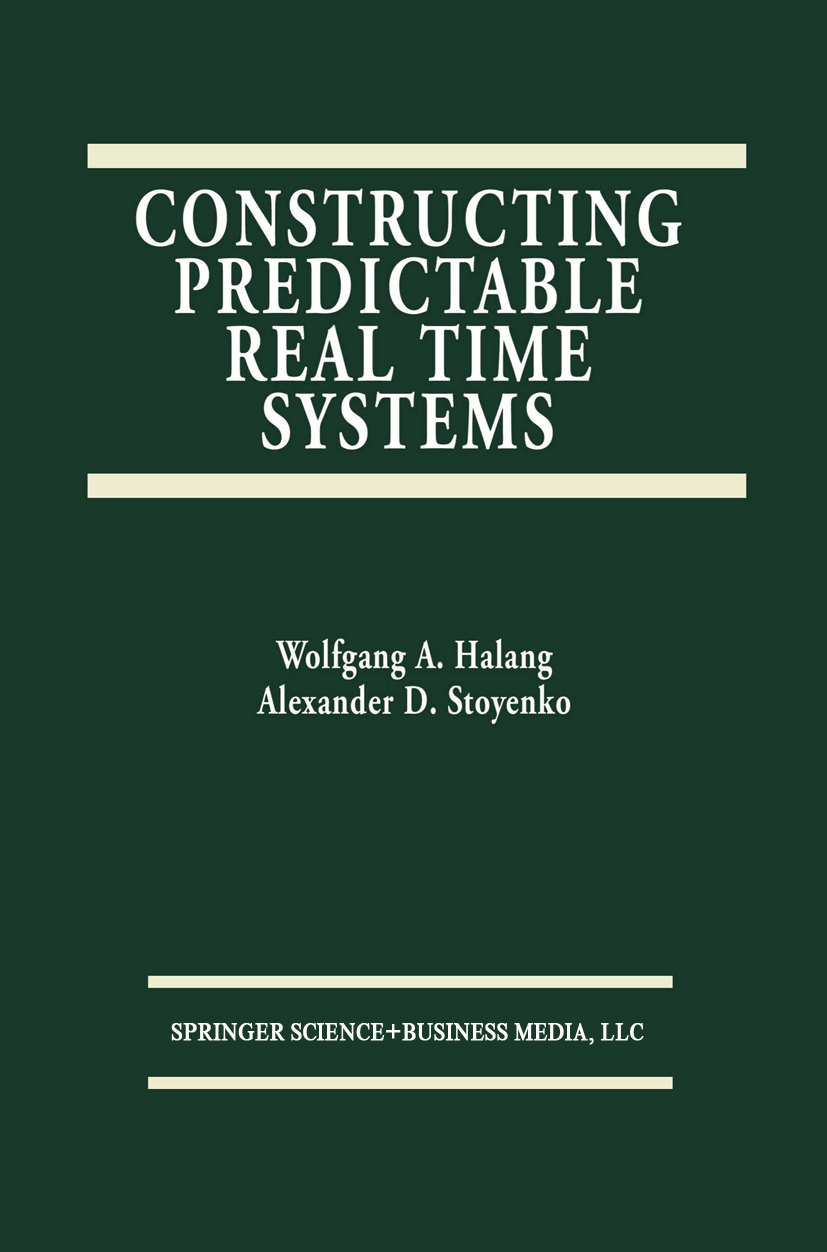
Constructing Predictable Real Time Systems Vorwort In der Natur entwickelten sich die Echtzeitsysteme seit einigen 100 Mil Honen Jahren. Tierische Nervensysteme haben zur Aufgabe, auf die Nachrichten aus der Umwelt die Steuerungsbefehle an die aktiven Or gane zu geben. Dabei spielen zum Beispiel bedingte Reflexe eine wichtige Rolle. Vielleicht kann man die Entstehung des Menschen etwa zu der Zeit ansetzen, als sein sich allmahlich entwickelndes Gehirn Gedanken entwickelte, deren Bedeutung in vorausplanender Weise iiber die gerade vorliegende Situation hinausging. Das fiihrte schliesslich unter anderem zum heutigen Wissenschaftler, der seine Theorien und Systeme aufgrund langwieriger Uberlegungen aufbaut. Die Entwicklung der Computer ging im wesentlichen den umgekehrten Weg. Zunachst diente sie nur der Durchfiihrung "starrer" Programme, wie z.B. das erste programmgesteuerte Rechengerat Z3, das der Unterzeichner im Jahre 1941 vorfiihren konnte. Es folgte unter an derem ein Spezialgerat zur Fliigelvermessung, das man als den ersten Prozessrechner bezeichnen kann. Es wurden etwa vierzig als Analog Digital-Wandler arbeitende Messuhren yom Rechnerautomaten abgele sen und im Rahmen eines Programms als Variable verarbeitet. Abel' auch das erfolgte noch in starrer Reihenfolge. Die echte Prozesssteuerung - heute auch Echtzeitsysteme genannt - erfordert aber ein Reagieren auf bestandig wechselnde Situationen. COMPUTERS,Artificial Intelligence,Expert Systems

Safety-Critical Real-Time Systems Safety-Critical Real-Time Systems brings together in one place important contributions and up-to-date research results in this fast moving area. Safety-Critical Real-Time Systems serves as an excellent reference, providing insight into some of the most challenging research issues in the field. COMPUTERS,Artificial Intelligence,Expert Systems

Dependability COMPUTERS,Artificial Intelligence,Expert Systems
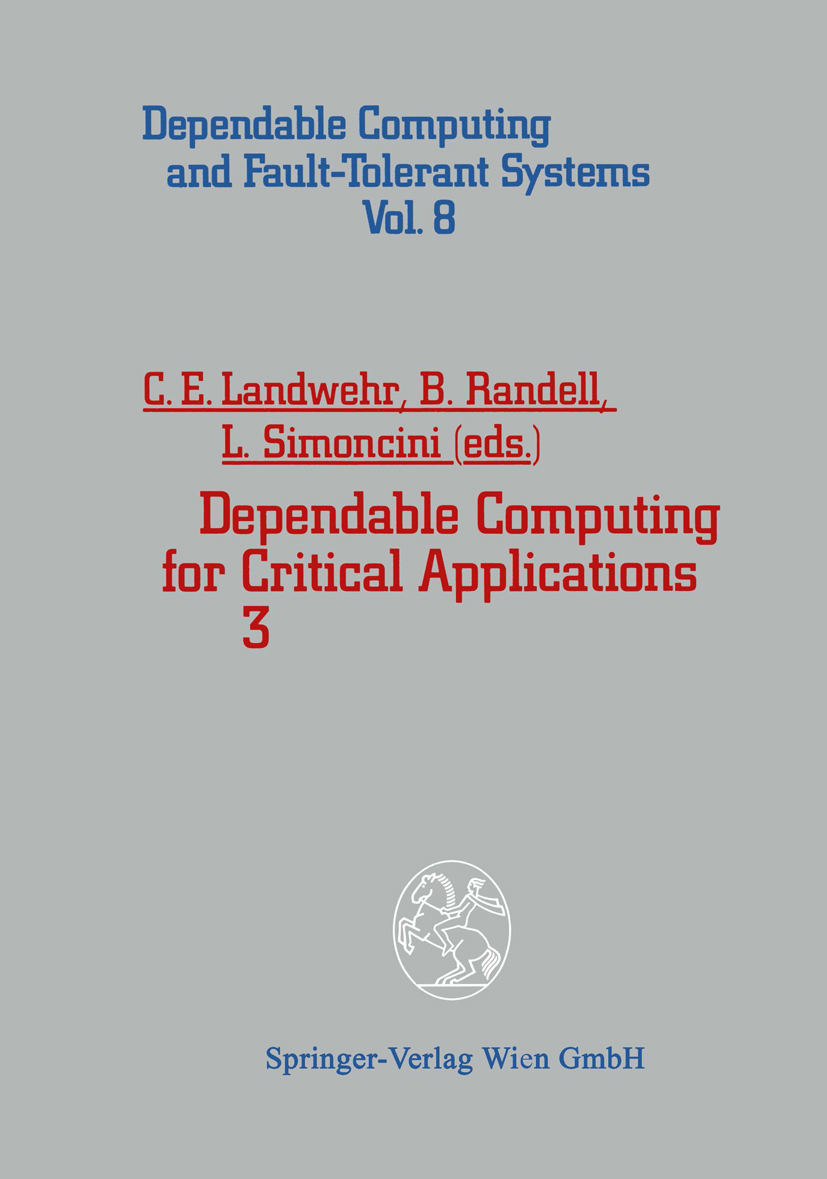
Dependable Computing for Critical Applications 3 This volume contains the papers presented. at the Third IFIP International Working Conference on Dependable Computing for Critical Applications, sponsored by IFIP Working Group 10.4 and held in Mondello (Sicily), Italy on September 14-16, 1992. System developers increasingly apply computers where they can affect the safety and security of people and equipment. The Third IFIP International Working Conference on Dependable Computing for Critical Applications, like its predecessors, addressed various aspects of computer system dependability, a broad term defined as the degree of trust that may justifiably be placed in a system's reliability, availability, safety, security, and performance. Because the scope of the conference was so broad, we hope the presentations and discussions will contribute to the integration of these concepts so that future computer-based systems will indeed be more dependable. The Program Committee selected 18 papers for presentation from a total of 7 4 submissions at a May meeting in Newcastle upon Tyne, UK. The resulting program represented a broad spectrum of interests, with papers from universities, corporations, and government agencies in eight countries. Much diligent work by the Program Committee and the quality of reviews from more than a hundred external referees from around the world, for which we are most grateful, significantly eased the production of this technical program. COMPUTERS,Artificial Intelligence,Expert Systems

Real Time Computing Proceedings of the NATO Advanced Study Institute on Real Time Computing, held in Sint Maarten, Dutch Antilles, October 5 - 17, 1992 COMPUTERS,Artificial Intelligence,Expert Systems
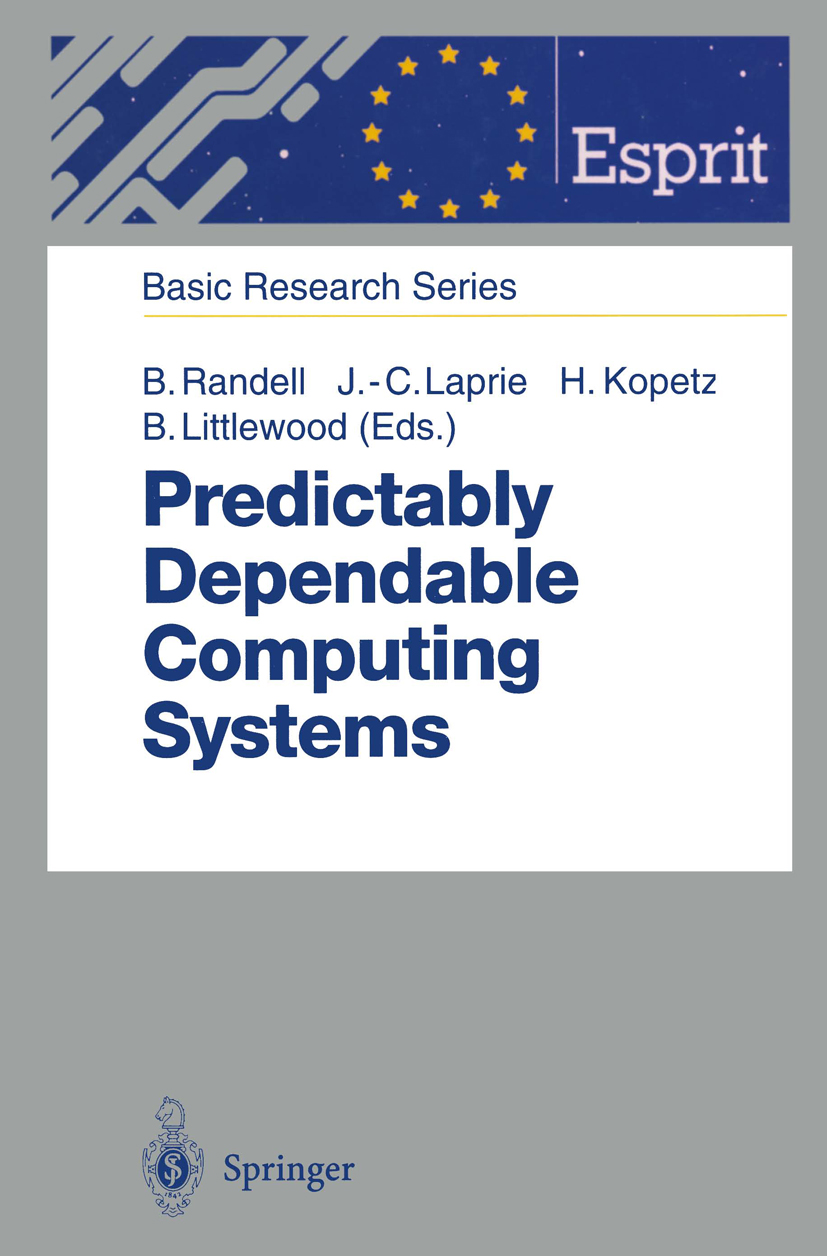
Predictably Dependable Computing Systems The first ESPRIT Basic Research Project on Predictably Dependable Computing Systems (No. 3092, PDCS) commenced in May 1989, and ran until March 1992. The institutions and principal investigators that were involved in PDCS were: City University, London, UK (Bev Littlewood), lEI del CNR, Pisa, Italy (Lorenzo Strigini), Universitiit Karlsruhe, Germany (Tom Beth), LAAS-CNRS, Toulouse, France (Jean-Claude Laprie), University of Newcastle upon Tyne, UK (Brian Randell), LRI-CNRS/Universite Paris-Sud, France (Marie-Claude Gaudel), Technische Universitiit Wien, Austria (Hermann Kopetz), and University of York, UK (John McDermid). The work continued after March 1992, and a three-year successor project (No. 6362, PDCS2) officially started in August 1992, with a slightly changed membership: Chalmers University of Technology, Goteborg, Sweden (Erland Jonsson), City University, London, UK (Bev Littlewood), CNR, Pisa, Italy (Lorenzo Strigini), LAAS-CNRS, Toulouse, France (Jean-Claude Laprie), Universite Catholique de Louvain, Belgium (Pierre-Jacques Courtois), University of Newcastle upon Tyne, UK (Brian Randell), LRI-CNRS/Universite Paris-Sud, France (Marie-Claude Gaudel), Technische Universitiit Wien, Austria (Hermann Kopetz), and University of York, UK (John McDermid). The summary objective of both projects has been "to contribute to making the process of designing and constructing dependable computing systems much more predictable and cost-effective". In the case of PDCS2, the concentration has been on the problems of producing dependable distributed real-time systems and especially those where the dependability requirements centre on issues of safety and/or security. COMPUTERS,Artificial Intelligence,Expert Systems
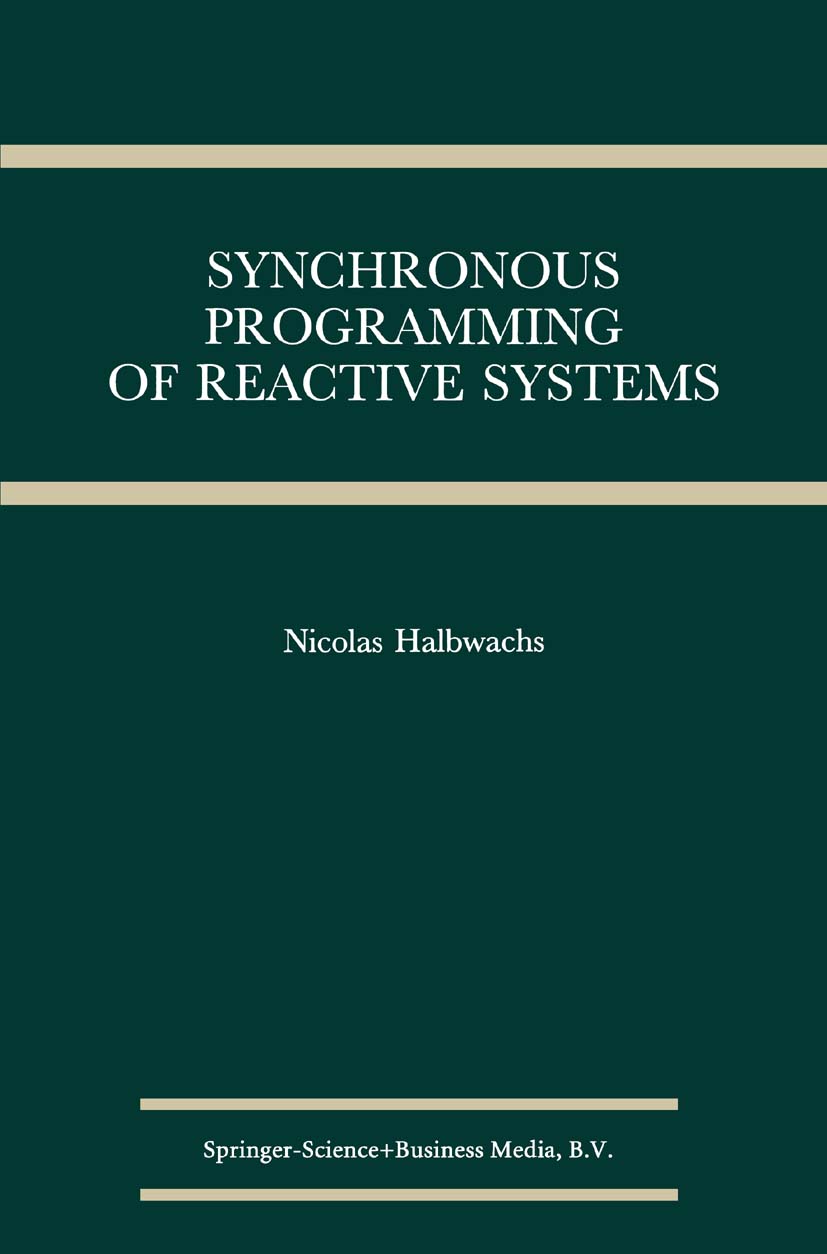
Synchronous Programming of Reactive Systems This book will attempt to give a first synthesis of recent works con cerning reactive system design. The term "reactive system" has been introduced in order to at'oid the ambiguities often associated with by the term "real-time system," which, although best known and more sugges tive, has been given so many different meanings that it is almost in evitably misunderstood. Industrial process control systems, transporta tion control and supervision systems, signal-processing systems, are ex amples of the systems we have in mind. Although these systems are more and more computerized, it is sur prising to notice that the problem of time in computer science has been studied only recently by "pure" computer scientists. Until the early 1980s, time problems were regarded as the concern of performance evalu ation, or of some (unjustly scorned) "industrial computer engineering," or, at best, of operating systems. A second surprising fact, in contrast, is the growth of research con cerning timed systems during the last decade. The handling of time has suddenly become a fundamental goal for most models of concurrency. In particular, Robin Alilner 's pioneering works about synchronous process algebras gave rise to a school of thought adopting the following abstract point of view: As soon as one admits that a system can instantaneously react to events, i. e. COMPUTERS,Artificial Intelligence,Expert Systems
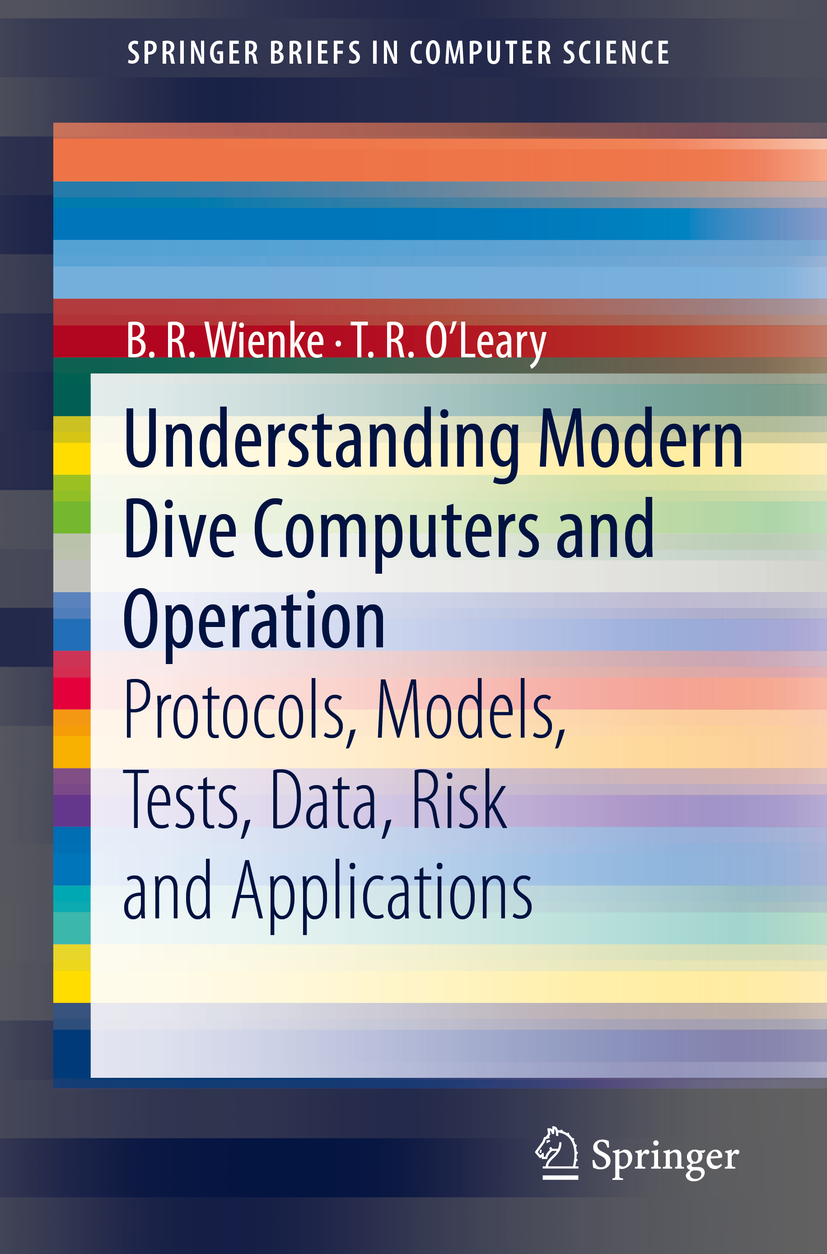
Understanding Modern Dive Computers and Operation This brief provides a complete yet concise description of modern dive computers and their operations to date in one source with coupled applications for added understanding. Basic diving principles are detailed with practical computer implementations. Interrelated topics to diving protocols and operational procedures are included. Tests, statistics and correlations of computer models with data are underscored. The exposition also links phase mechanics to dissolved gases in modern decompression theory with mathematical relationships and equations used in dive computer synthesis. Applications focus upon and mimic dive computer operations within model implementations for added understanding. This comprehensive resource includes a complete list of dive computers that are marketed and their staging models, as well as a complete list of diveware marketed and their staging algorithms, linkage of pertinent wet and dry tests to modern computer algorithms, a description of two basic computer models with all constants and parameters, mathematical ansatz of on-the-fly risk for surfacing at any dive depth, detailing of statistical techniques used to validate dive computers from data, and a description of profile Data Banks for computer dive model correlations. The book will find an audience amongst computer scientists, doctors, underwater researchers, engineers, physical and biosciences diving professionals, explorers, chamber technicians, physiologists and technical and recreational divers. COMPUTERS,Artificial Intelligence,Expert Systems
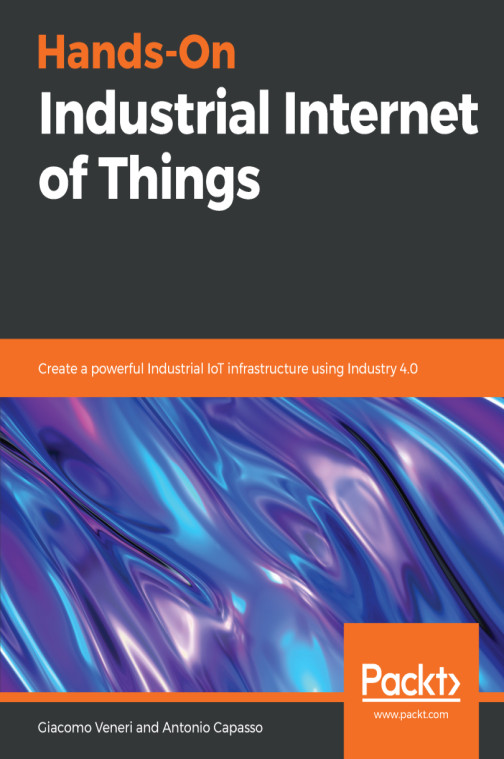
Hands-On Industrial Internet of Things Build a strong and efficient IoT infrastructure at industrial and enterprise level by mastering Industrial IoT network Key Features Gain hands-on experience working with industrial architecture Explore the potential of cloud-based Industrial IoT platforms, analytics, and protocols Improve business models and transform your workforce with Industry 4.0 Book Description We live in an era where advanced automation is used to achieve accurate results. To set up an automation environment, you need to first configure a network that can be accessed anywhere and by any device. This book is a practical guide that helps you discover the technologies and use cases for Industrial Internet of Things (IIOT). Hands-On Industrial Internet of Things takes you through the implementation of industrial processes and specialized control devices and protocols. You'll study the process of identifying and connecting to different industrial data sources gathered from different sensors. Furthermore, you'll be able to connect these sensors to cloud network, such as AWS IoT, Azure IoT, Google IoT, and OEM IoT platforms, and extract data from the cloud to your devices. As you progress through the chapters, you'll gain hands-on experience in using open source Node-Red, Kafka, Cassandra, and Python. You will also learn how to develop streaming and batch-based Machine Learning algorithms. By the end of this book, you will have mastered the features of Industry 4.0 and be able to build stronger, faster, and more reliable IoT infrastructure in your Industry. What you will learn Explore industrial processes, devices, and protocols Design and implement the I-IoT network flow Gather and transfer industrial data in a secure way Get to grips with popular cloud-based platforms Understand diagnostic analytics to answer critical workforce questions Discover the Edge device and understand Edge and Fog computing Implement equipment and process management to achieve business-specific goals Who this book is for If you're an IoT architect, developer, or stakeholder working with architectural aspects of Industrial Internet of Things, this book is for you. COMPUTERS,Artificial Intelligence,Expert Systems
compteur pour site





















